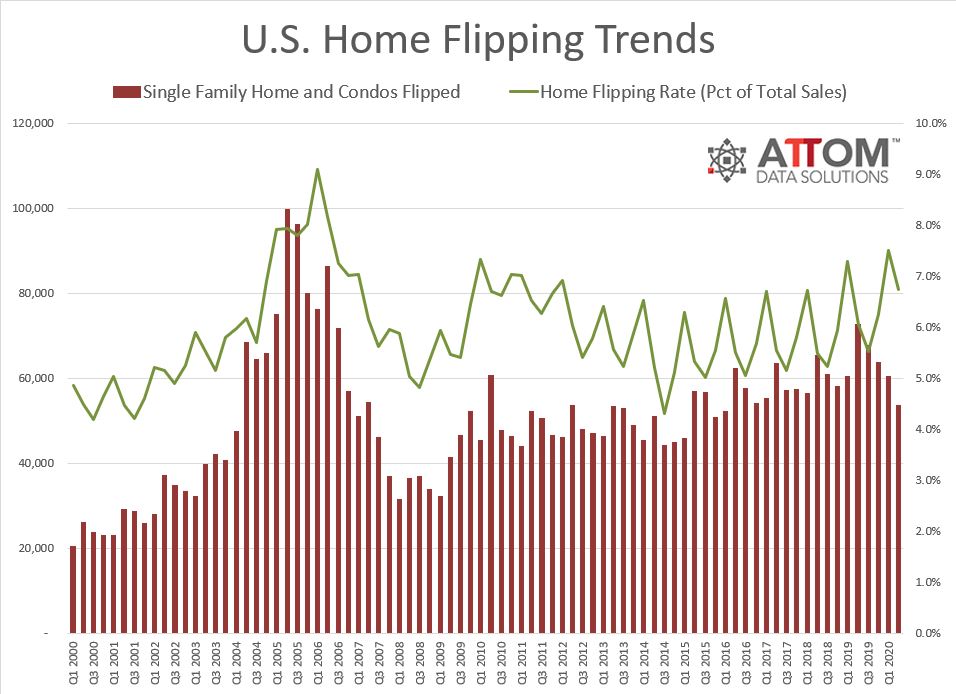Investing in Austin-area real estate is a strategic move that requires careful consideration of various factors. One crucial decision landlords face is choosing between short-term rental (STR) and traditional long-term rental properties. Both options have their advantages and drawbacks, and understanding which is more lucrative depends on various factors. In this blog, we’ll explore key indicators to help you determine if a short-term rental property is more lucrative than a traditional rental property.
Location Analysis
The location of your property plays a pivotal role in its potential for profitability. For short-term rentals, proximity to tourist attractions like Downtown Austin, business districts like The Domain, and popular destinations like the University of Texas at Austin can significantly impact demand. If your property is situated in an area with high tourist footfall or frequent business travelers, short-term rentals may be more lucrative due to higher nightly rates.
Conversely, traditional rentals often thrive in traditional residential neighborhoods where long-term tenants seek stability and community living. Evaluate the local market and consider the demographics of potential tenants to determine the best fit for your property.
Seasonal Demand
Short-term rental properties often experience seasonal fluctuations in demand, with peak periods attracting higher rates. For instance, October is a lucrative time period for short-term rentals with the week-long, internationally renowned F1 race at Circuit of the Americas. As a result of high demand periods, analyzing the seasonality of the local market is crucial. If your property is located in a destination with consistent year-round demand, short-term rentals may yield better returns. However, in areas with distinct peak seasons, the off-peak periods could pose challenges in maintaining consistent income.
Traditional rental properties generally provide more stable income throughout the year, as long-term tenants typically sign leases for extended periods, ensuring a steady cash flow.
Management Effort
Consider the level of involvement you are willing to commit to managing your Austin-area property. Short-term rentals require more hands-on management, including regular cleaning, maintenance, and guest interactions. Platforms like Airbnb and Vrbo offer a wide reach but demand proactive engagement to handle bookings and guest experiences.
Traditional rentals, on the other hand, involve fewer short-term interactions, with leases typically lasting a year or more. This can lead to less intensive day-to-day management but may require more attention when it comes to tenant turnover and property maintenance.
Investing in property management services (shameless plug for TALK Property Management!) could be a wise way to save time and money when it comes to your rental portfolio.
Regulatory Considerations
Research local regulations and zoning laws governing short-term rentals in the Austin area. Some cities impose restrictions or licensing requirements on short-term rentals to address concerns like noise, safety, and community impact. Understanding and complying with these regulations is crucial to avoid legal issues that could impact your profitability.
Traditional rentals are often subject to different sets of regulations, typically more standardized and consistent. Understanding the legal landscape for both options is essential for making an informed decision.
Short-Term Rental Versus Traditional Rental: You Decide
Determining whether a short-term rental property is more lucrative than a traditional rental property requires a comprehensive analysis of your property’s location, seasonal demand, management preferences, and regulatory considerations. While short-term rentals can offer higher nightly rates and flexibility, traditional rentals provide stable, long-term income with less intensive day-to-day management.
Ultimately, the best choice depends on your investment goals, risk tolerance, and the specific dynamics of the local real estate market. By carefully evaluating these factors, you can make an informed decision that aligns with your financial objectives and property management capabilities.
Have questions? We are always here to help–reach out to us anytime: (512) 947-1828 or dbrown@talkpropertymanagment.com.



